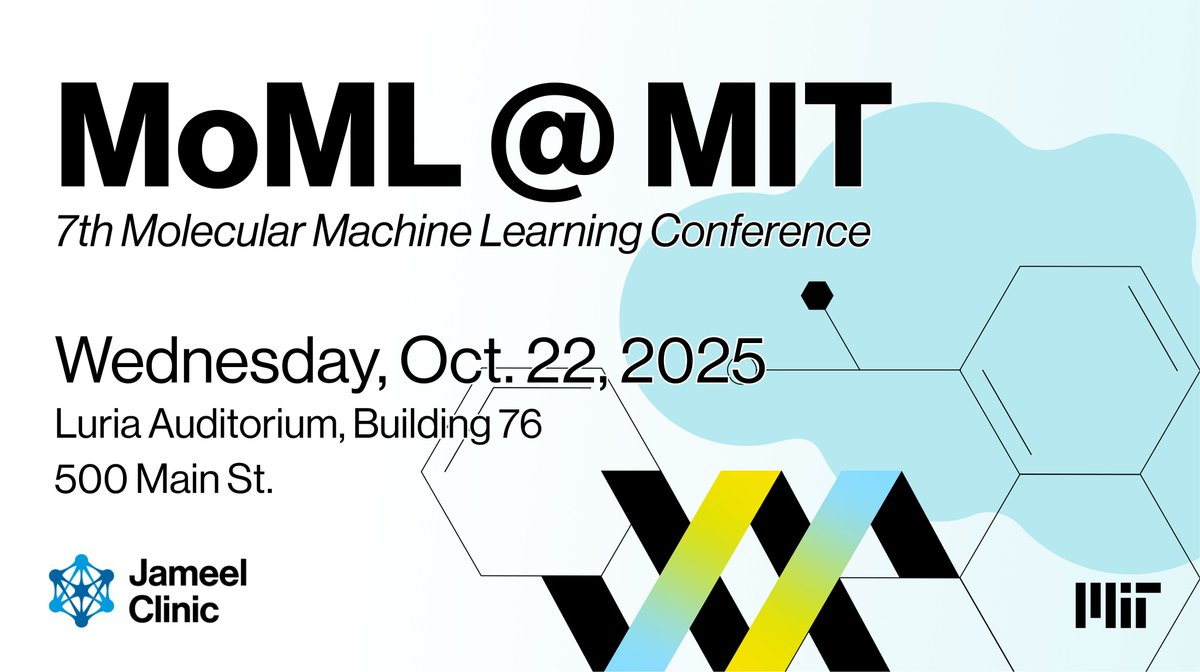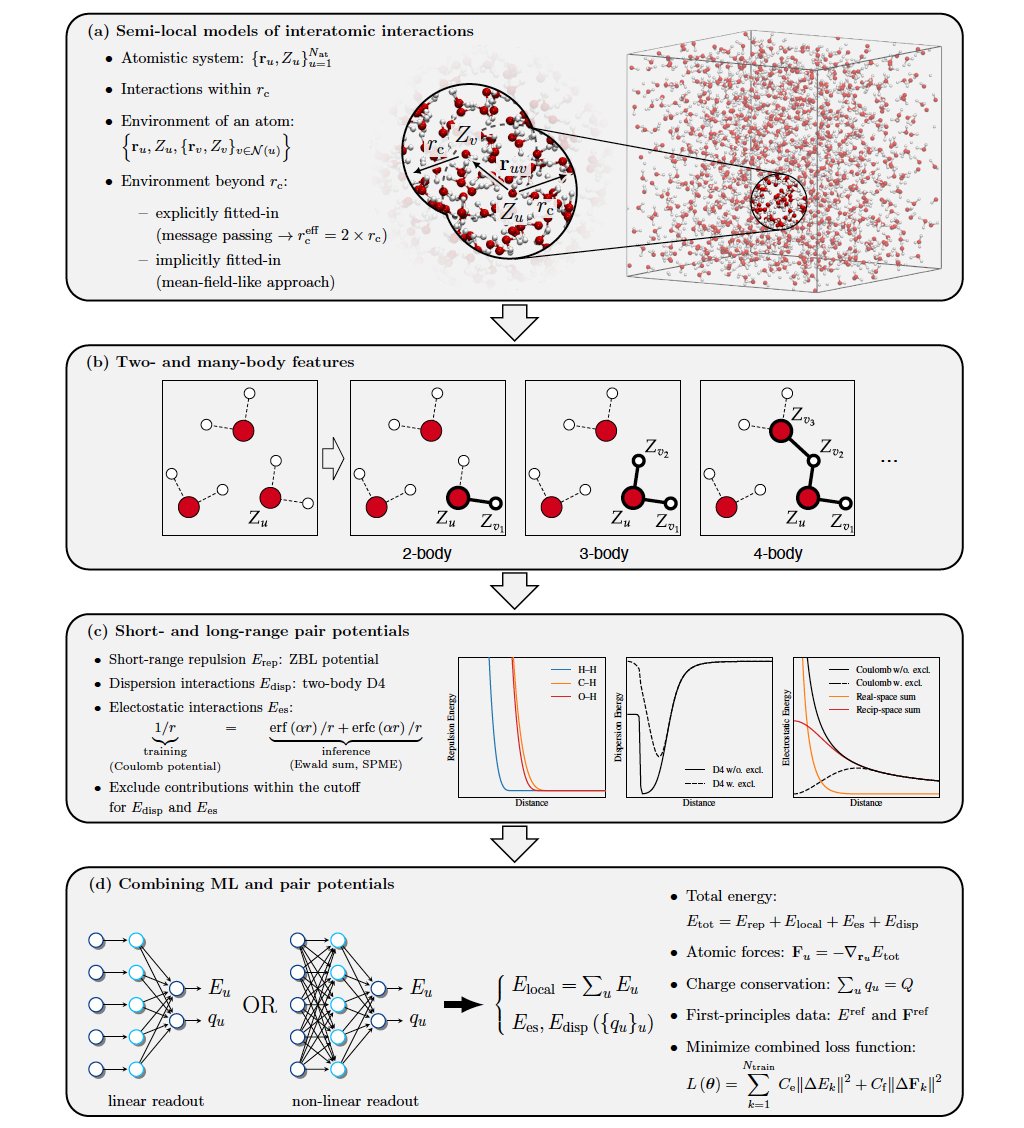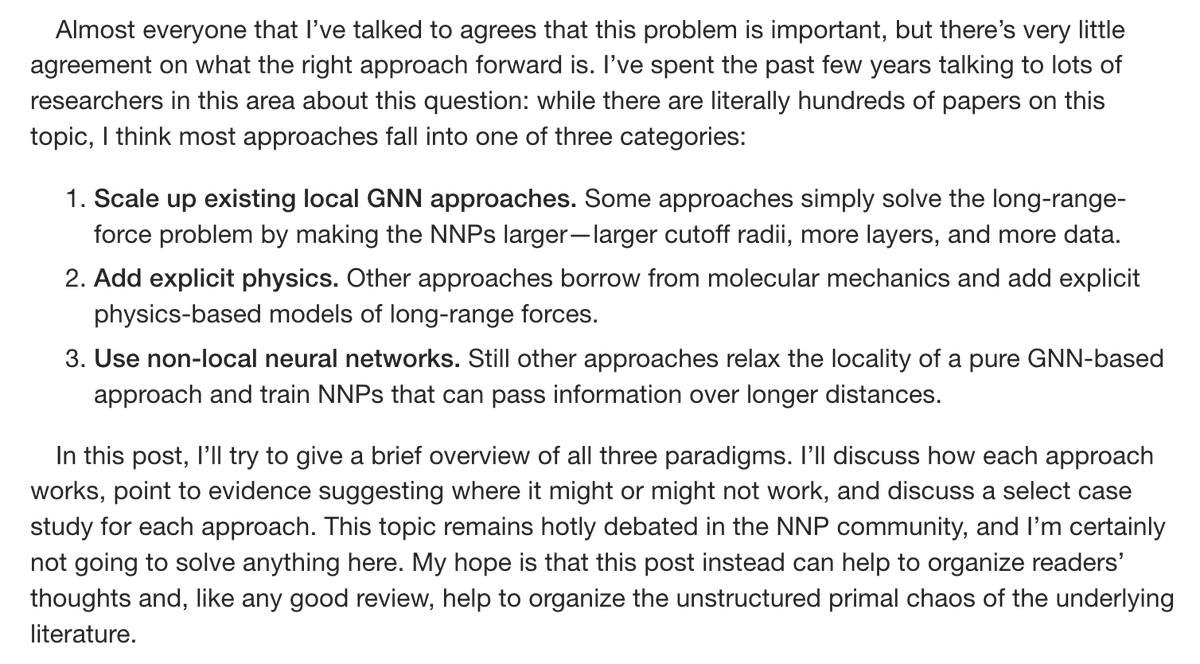
Mathias Niepert
@mniepert
Professor @ University of Stuttgart, Scientific Advisor @ NEC Labs, GraphML, geometric deep learning, ML for Science. Formerly @IUBloomington and @uwcse
ID: 1872684109
http://www.matlog.net 16-09-2013 18:48:59
1,1K Tweet
2,2K Followers
459 Following


6. Position: Graph Learning Will Lose Relevance Due To Poor Benchmarks East Exhibition Hall A-B #E-604 Thu 17 Jul 11 a.m. PDT Maya Bechler-Speicher Ben Finkelshtein Fabrizio Frasca Bryan Perozzi Michael Galkin Mathias Niepert Christopher Morris et al.





Xirtam Esrevni I assume this refers to the ICTP architecture. Short answer: not quite. 1/



Consider submitting a long abstract about any recent works you might have to the Molecular Machine learning conference at MIT :) moml.mit.edu MIT Jameel Clinic for AI & Health










As promised after our great discussion, CHAITANYA JOSHI! Your inspiring post led to our formal rejoinder: the Platonic Transformer. What if the "Equivariance vs. Scale" debate is a false premise? Our paper shows you can have both. 📄 Preprint: arxiv.org/abs/2510.03511 1/9





